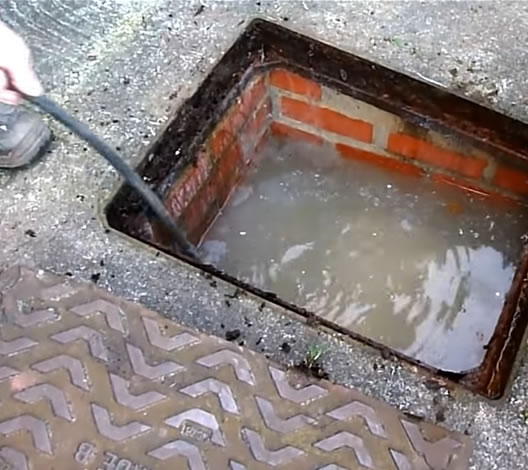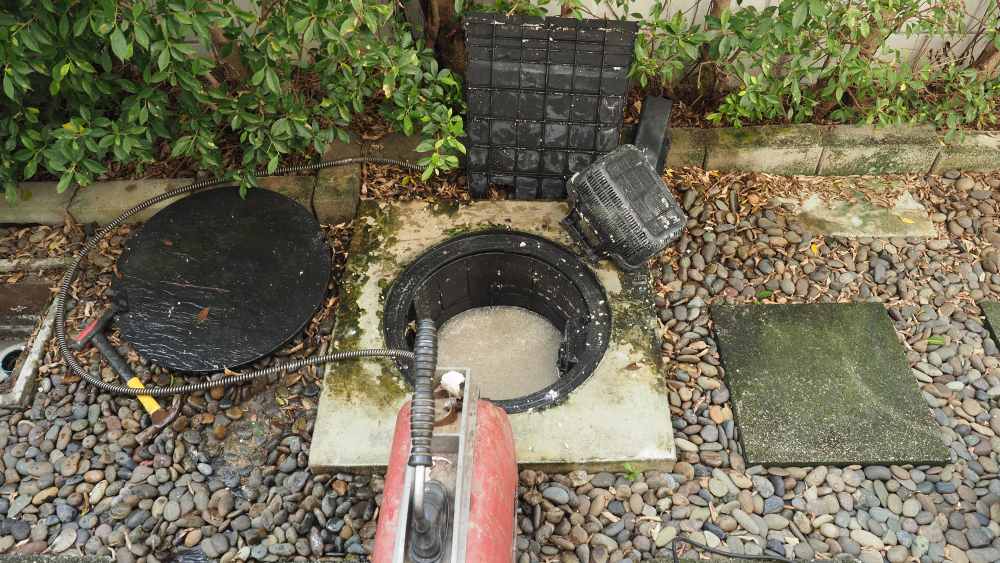Methods for Dealing with a Blocked Drain Before Contacting Plumbing Experts
Methods for Dealing with a Blocked Drain Before Contacting Plumbing Experts
Blog Article
They are making a few great points about What I learned from trying to deal with a clogged drain in general in the content underneath.

Intro
Dealing with an obstructed drain can be a frustrating experience, interfering with everyday activities and possibly creating damages to your building. Nevertheless, prior to reaching out to pipes specialists, there are actions you can take to attend to the issue on your own. In this overview, we'll check out do it yourself solutions and preventive measures to deal with a blocked drain effectively.
Determining the Issue
The first step in dealing with a blocked drainpipe is recognizing the indications. Slow-moving drain, gurgling sounds, foul odors rising from drains, or water backing up prevail indicators of an obstructed drain. Determining these signs early can assist prevent additionally complications.
Selecting the Right Plumbing Solution
When selecting a pipes solution, take into consideration factors such as experience, licensing, and consumer evaluations. Choose a reputable plumbing technician with a record of top quality craftsmanship and clear pricing practices.
Price Considerations
The price of specialist drainpipe cleaning services can vary depending upon the seriousness of the obstruction and the plumbing technician's prices. Demand quotes from numerous companies and inquire about any surcharges to guarantee openness and stay clear of surprises.
Security Measures
When trying DIY drainpipe cleansing, prioritize safety and security. Put on safety handwear covers and eyeglasses to prevent contact with unsafe chemicals or microorganisms. Never ever mix various drain cleansing items, as this can produce hazardous fumes.
Situation Studies
Real-life examples illustrate the efficiency of do it yourself services and the relevance of timely specialist treatment in settling drainpipe clogs.
Common Root Causes Of Obstructed Drainpipes
Comprehending the factors that add to drain pipes obstructions is vital for efficient resolution. Common wrongdoers consist of hair, soap residue, grease, food particles, and foreign objects like hygienic items or paper towels. Tree roots getting into underground pipes can additionally create significant blockages.
Do it yourself Solutions
For small blockages, several DIY remedies can be reliable. Pouring boiling water down the drain can aid dissolve oil and particles. Sodium bicarbonate and vinegar or a combination of salt and baking soda can function as all-natural cleansers. Utilizing a bettor or pipes serpent to dislodge obstructions is one more choice.
Tools and Tools
Having the right tools handy can make do it yourself drainpipe cleaning up extra effective. A bettor is a versatile device for getting rid of clogs in sinks, toilets, and showers. A pipes snake or auger can reach much deeper clogs, while drain cleansing chemicals can be made use of very carefully for stubborn clogs.
Preventive Measures
To stay clear of future blockages, adopting preventive measures is critical. Install drain guards or strainers to catch hair and particles before they enter the pipelines. Routinely flush drains with hot water to dissolve grease buildup, and prevent getting rid of oil or strong waste down the tubes.
When to Call an Expert
While do it yourself options can deal with minor blockages, certain indications show the need for expert aid. Persistent obstructions, foul odors in spite of cleaning up efforts, or several drains pipes backing up simultaneously are warnings that warrant expert treatment.
Final thought
By following the suggestions laid out in this overview, you can effectively take on obstructed drains pipes and prevent future plumbing concerns. Whether selecting DIY remedies or seeking specialist assistance, timely activity is vital to maintaining a healthy plumbing system and preserving the honesty of your home.
WHAT I LEARNED FROM TRYING TO DEAL WITH A CLOGGED DRAIN
We have had our share of seepages and other annoying things that are part of living, especially in an apartment complex. And if there’s one thing that’s terrifying for a homeowner—or even someone in a rented home—it is a clogged drain, indoors or outdoors.
We enjoy our living space, but it’s simply a fact of life that dead skin, soap and a host of other items go down the drain; eventually, the residue builds up and prevents anything from moving. Ugh.
Not Calling A Professional
Of course, it might seem simple to just whip the pipe off under the sink and see if you can unblock it. Unfortunately, what if the blockage isn’t there, or you don’t reconnect it properly? Worse, you might break a piece and have no drainage system. Can you imagine that scene? Yuck!
Not Watching Your Waste
This will sound d’uh, but the best tip I can give you for drain cleaning is to avoid clogging the drain in the first place! You can do this by monitoring what goes down the drain and catching the items which are most likely to give you a problem. Invariably hair, vegetable peels, and large wads of toilet paper are the most obvious culprits. Add a filter—these are available in hardware stores and can be removed and cleaned easily.
Poking The Drain
The first urge with a clogged drain is to poke at it with a stick or anything that resembles a stick. Sadly, this does not result in magically solving the issue. The mental image is, naturally, one of the stick just pushing through the offending item and all is well again. Reality is quite different and unpleasant and likely to lead to further problems.
The thing is, every drain has a series of bends that are not visible to us. Drains are built this way to prevent gases from entering the house. What happens when you poke a stick into the drain? Of course, it can’t bend around the corner. The more adventurous people will use force and end up wedging the stick or causing it to break off in the pipe—creating an even bigger issue. Worst thing? The stick will shift the block further down the pipe, creating the space for more to collect. Go ahead! Roll your eyes!
Using The Wrong Plunger
You know what they say: the right tool for the right job! Did you know there are different types of plungers besides the basic one we keep at home for an emergency? Yes, there are. For example, the toilet plunger has a bell-shaped bottom while the sink plunger is flat. This is an important difference and using the wrong plunger will be useless. There’s also a knack in using plungers—they must be placed in such a way that they create an airtight seal and then, moved slowly up and down—not as fast as we imagine.
https://vidyasury.com/2018/01/learned-trying-deal-clogged-drain.html

I ran across that post about Tips for Dealing with Clogged Drains and Sewer Lines when doing a search on the search engines. Do you know about someone else who is truly interested in the subject? Please feel free to promote it. Thank you for taking the time to read it.
Book Report this page